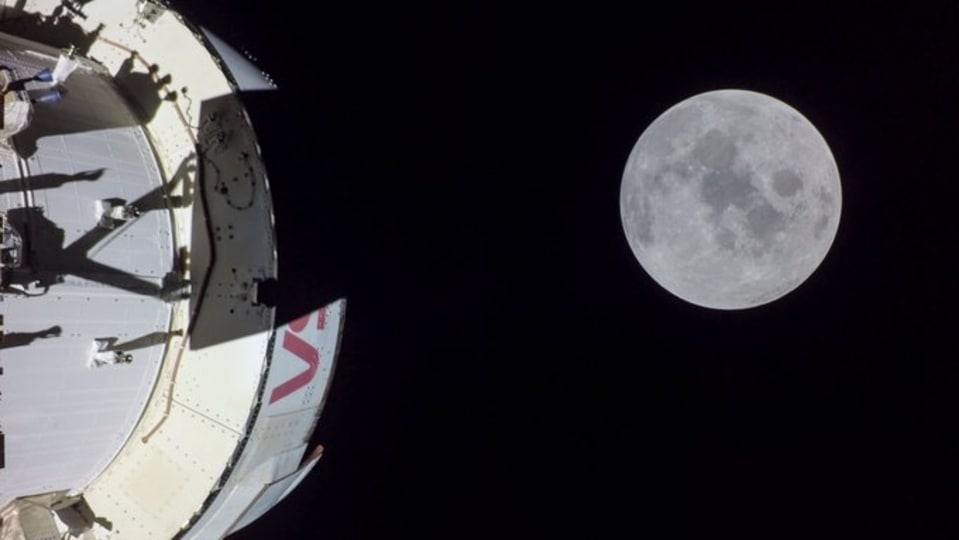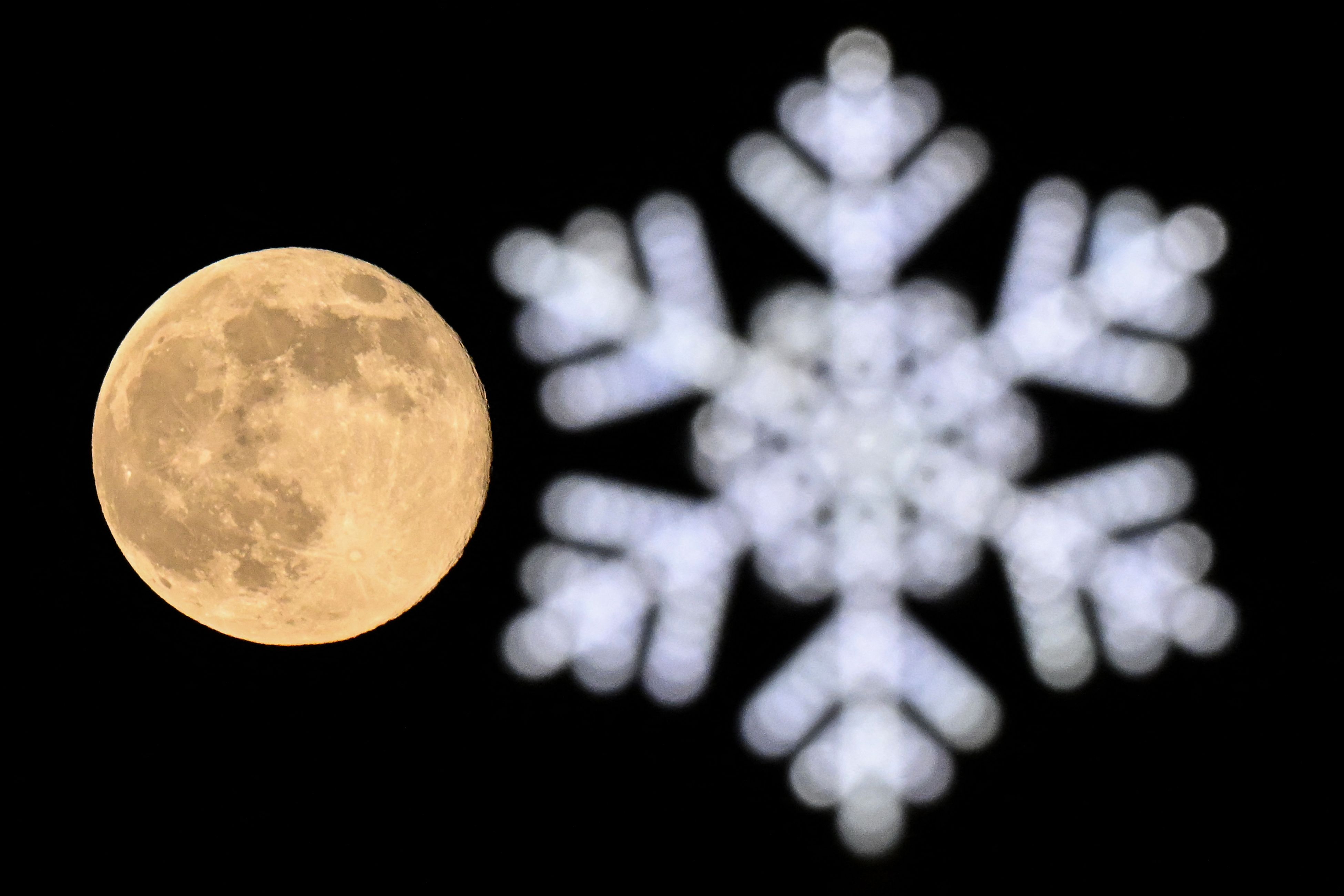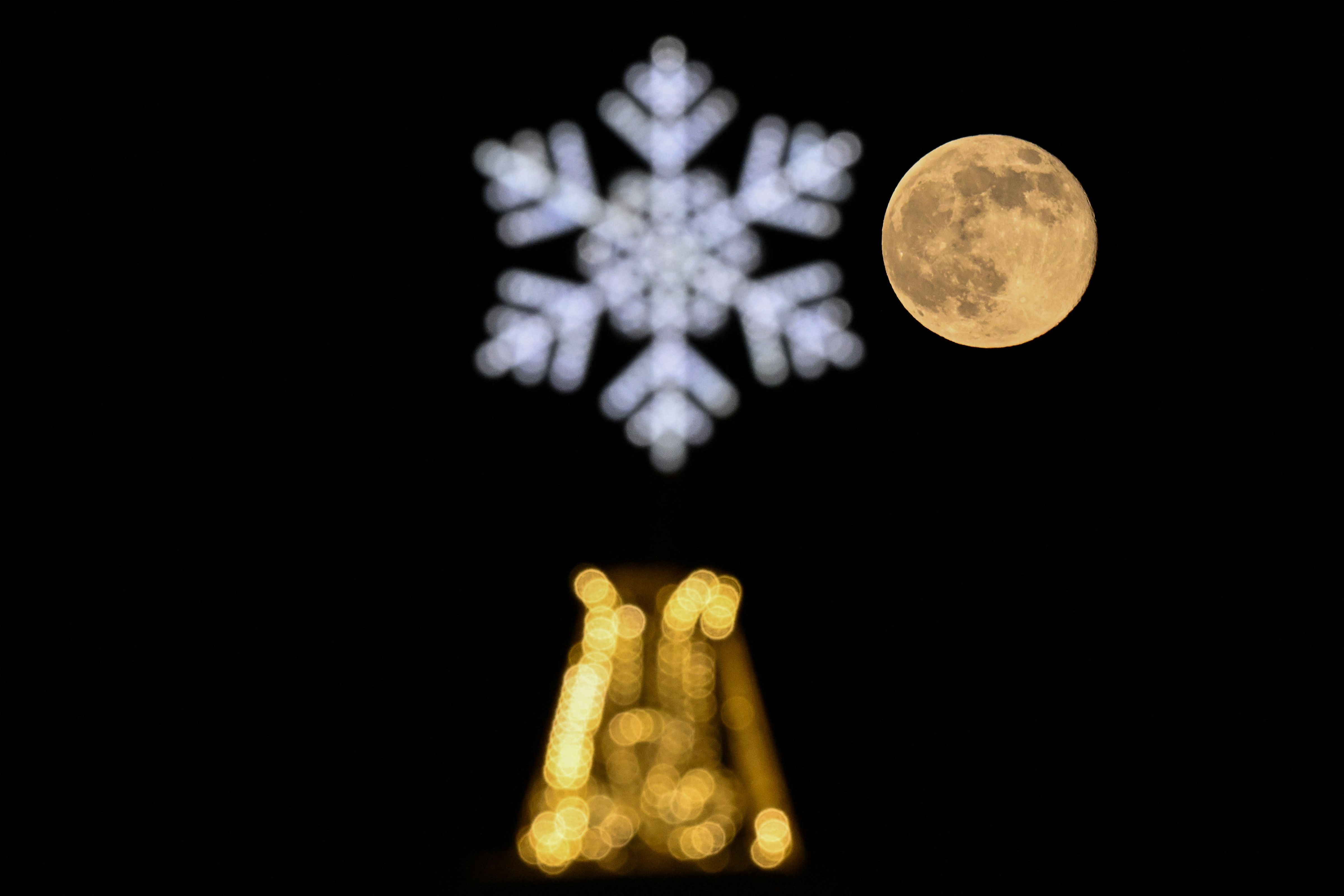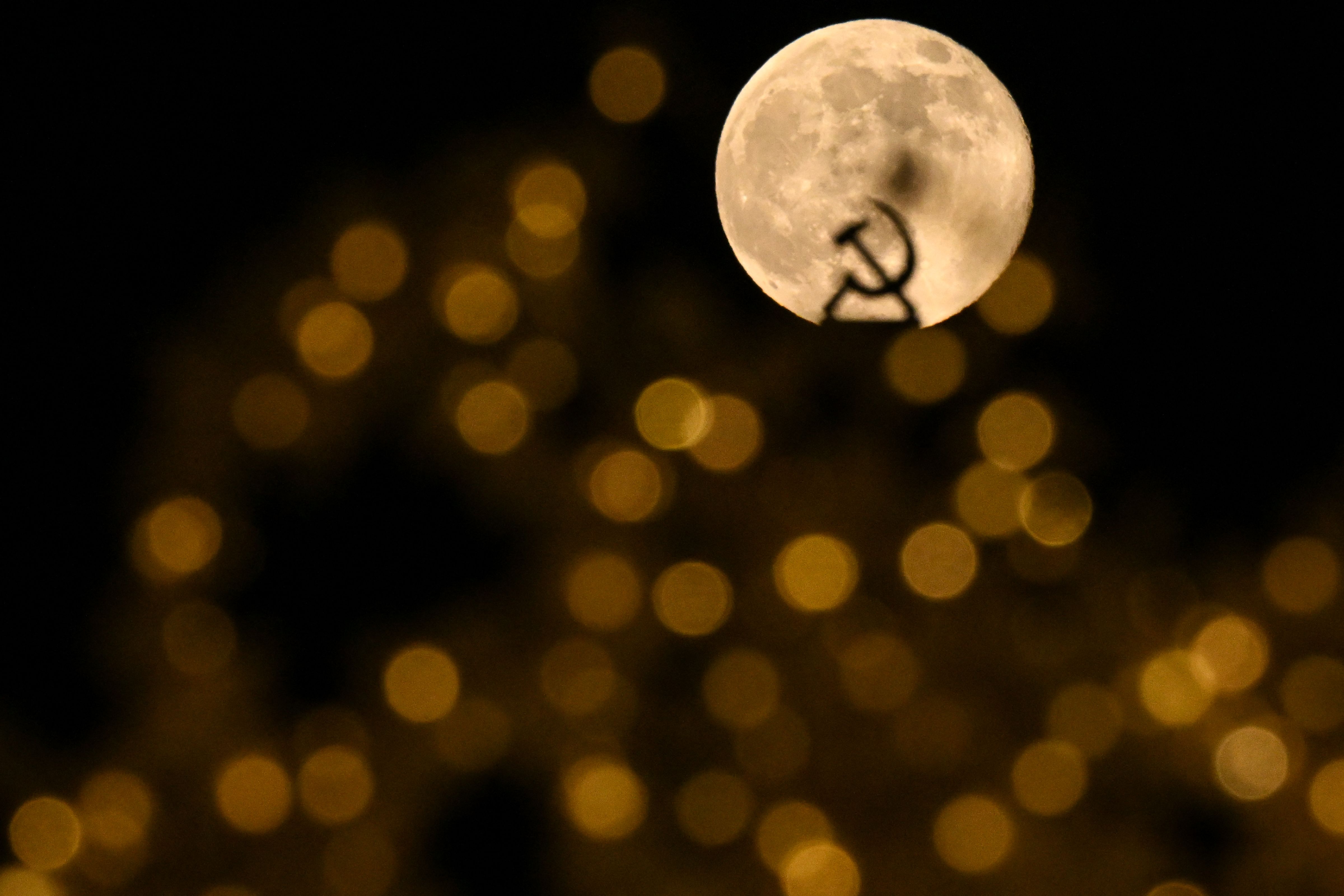NASA Astronomy Picture of the Day 8 January 2023: Wow! Origin of water in body, periodic table
Surprisingly, NASA’s Astronomy Picture of the Day is not a spectacular view of the cosmos, but a periodic table! Read on to know why.






 View all Images
View all ImagesEach day, NASA features a different image of our fascinating universe along with a brief explanation written by a professional astronomer. Today, the image neither features any breathtaking image of a galaxy in the deep cosmos nor reveals an unseen image of our biggest star, our Sun. Instead, NASA dedicated today's astronomy picture of the day to the periodic table of elements. If you can recall your chemistry classes in school, then it is the same periodic table, but with a slight twist! NASA's shared periodic table is colour coded to indicate humanity's best guess as to the nuclear origin of all known elements. In other words, it represents "Where your elements came from."
Big Bang fusion, Cosmic ray fission to exploding massive stars, the table explains it all. According to the colour code representation of the periodic table, Helium and Hydrogen are the elements from the Big Bang fusion. While Beryllium and Boron are from the Cosmic ray fission. While sharing the photo, NASA gives an explanation of the origin of water in the human body, it writes, “The hydrogen in your body, present in every molecule of water, came from the Big Bang. There are no other appreciable sources of hydrogen in the universe.” Similarly, “the carbon in your body was made by nuclear fusion in the interior of stars, as was oxygen. Much of the iron in your body was made during supernovas of stars that occurred long ago and far away.”
Not just human body's elements, NASA also explained the origin of gold in your jewellery which is likely made from neutron stars during collisions that may have been visible as short-duration gamma-ray bursts or gravitational wave events. The available elements such as phosphorus and copper are present in human bodies in only small amounts but are essential to the functioning of all known life.
Did you know?
The periodic table has 118 confirmed elements. Among those, 90 elements can be found in nature, while others are strictly man-made. And you know what? Technetium is the first man-made element
Catch all the Latest Tech News, Mobile News, Laptop News, Gaming news, Wearables News , How To News, also keep up with us on Whatsapp channel,Twitter, Facebook, Google News, and Instagram. For our latest videos, subscribe to our YouTube channel.
































